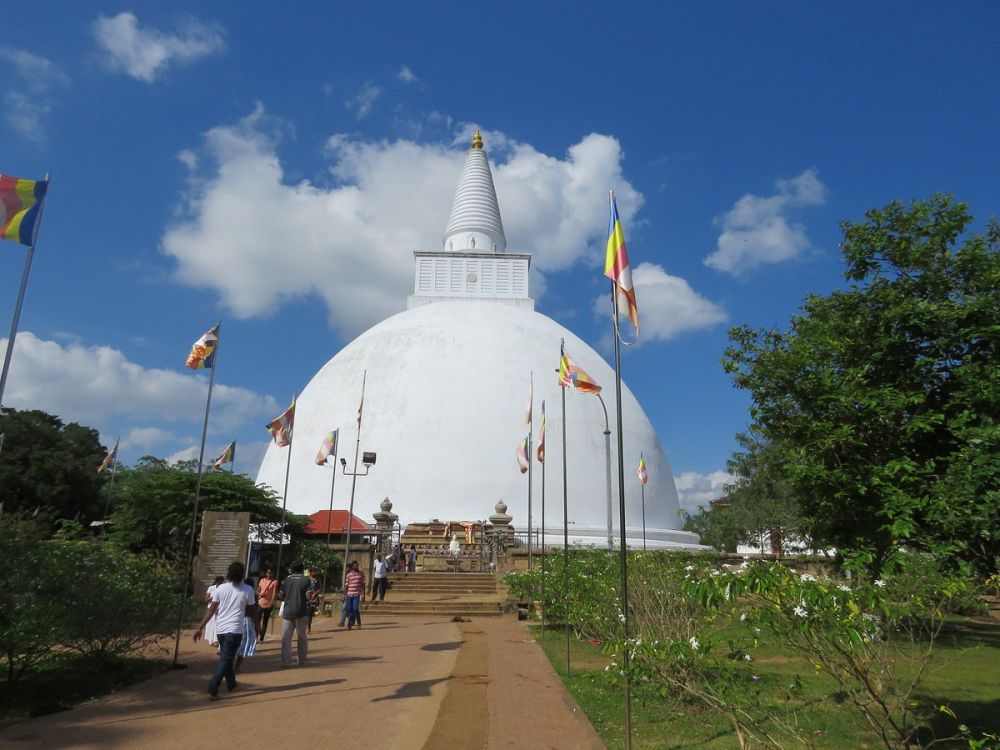

The Mirisawetiya Stupa stands as one of the most venerable highlights in the ancient city of Anuradhapura, Sri Lanka. Anuradhapura, a UNESCO World Heritage site, has a rich history as a significant center of Theravada Buddhism. The history of Mirisawetiya Stupa is deeply intertwined with the story of Buddhism on the island and the reigns of various Sinhalese kings.
Built by King Dutugemunu after his defeat of King Elara, the Mirisawetiya Stupa dates back to the 2nd century BC. According to legend, the stupa was constructed at the site where the king's scepter was believed to have miraculously stood upright. King Dutugemunu, a devoted supporter of Buddhism, constructed the stupa to enshrine the relic of the Buddha — a gesture symbolizing the intertwining of the state and the Buddhist doctrine in Sri Lanka.
The importance of Anuradhapura as a pilgrimage destination can be traced back to ancient times when faithful Buddhists traveled great distances to pay homage to the sacred sites. In the early 20th century, with the advent of better transportation and the recognition of Anuradhapura's archaeological significance, tourism began to take root.
Mirisawetiya Stupa, along with other grand stupas in Anuradhapura, attracted attention from historians, archaeologists, and travelers alike. The stupa's restorations have played a significant role in preserving its heritage and appeal. Over time, the Sri Lankan government and various international organizations have invested in developing infrastructure and promoting tourism in Anuradhapura.
In recent years, there has been a marked trend toward cultural and heritage tourism in Sri Lanka, with many tourists seeking authentic and transformative experiences. This has caused a surge in the popularity of historical sites such as Mirisawetiya Stupa. Modern-day visitors are often drawn to the city for its tranquil and spiritual ambiance, away from the bustle of more commercialized tourist destinations.
Sustainable tourism has become a priority, with initiatives to preserve the ancient city's integrity while accommodating tourists. Another noticeable trend is the rise of digital platforms, providing virtual tours and allowing remote access to educational materials about sites like Mirisawetiya Stupa.
With the ongoing global situation, health and safety have become paramount. As a result, Anuradhapura's tourism industry has focused on implementing health protocols to ensure a safe environment for both tourists and local communities.
Visitors to Mirisawetiya Stupa marvel at its grandeur and the palpable sense of history that surrounds it. Tourists can explore the area with a knowledgeable guide to gain a comprehensive understanding of the stupa's past and its significance in the spread of Buddhism throughout Asia. Moreover, the religious significance of the site continues to make it a focal point for religious ceremonies and cultural festivals